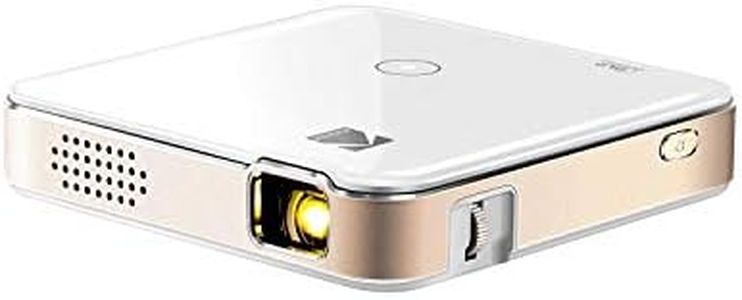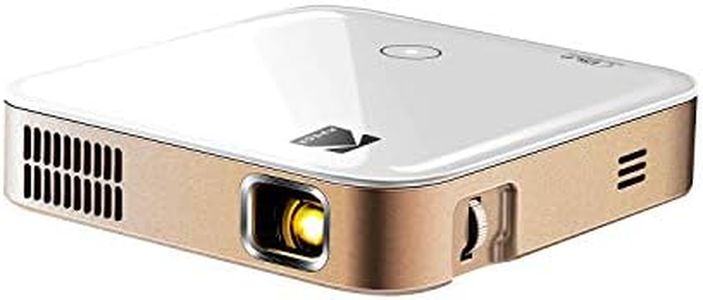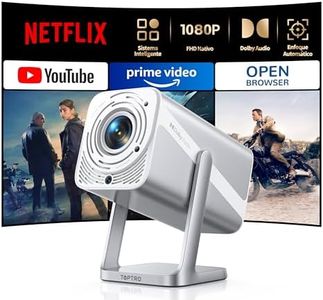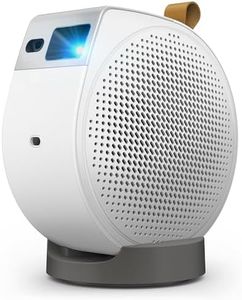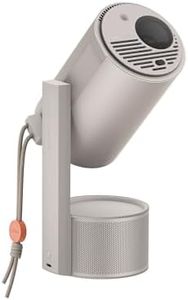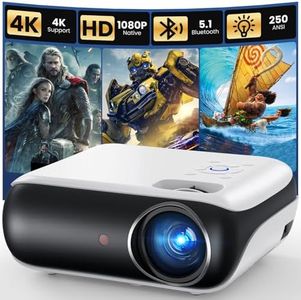We Use CookiesWe use cookies to enhance the security, performance,
functionality and for analytical and promotional activities. By continuing to browse this site you
are agreeing to our privacy policy
10 Best Pocket Projectors
From leading brands and best sellers available on the web.Buying Guide for the Best Pocket Projectors
Pocket projectors, also known as mini or portable projectors, are compact devices designed to display images or videos on a flat surface while being small enough to easily carry around. When choosing the best pocket projector for your needs, it’s important to consider where and how you’ll use it—whether that's for movie nights, business presentations, or sharing content on the go. Focus not only on the device’s size and weight, but also on the core features that impact performance and usability. Each specification will guide you toward the best fit for your viewing environment and content type.Brightness (Lumens)Brightness, measured in lumens, indicates how well the projector can display an image in various lighting conditions. A higher lumen value means a brighter image that is easier to see in rooms with ambient light, while lower lumens are typically suitable only for very dark environments. Generally, pocket projectors have lower brightness than full-size models. Values below 100 lumens are best for dimly lit rooms and small images; 100–300 lumens can handle moderate lighting and slightly larger projections; 300 lumens and above improve visibility and versatility for larger images and brighter settings. Consider your main environment—if you plan to watch in a dark room, lower lumens can work, but if you expect occasional lights or outdoor use at dusk, a brighter projector will serve you better.
ResolutionResolution describes the clarity and sharpness of the image the projector creates, typically listed as the number of pixels (such as 480p, 720p, or 1080p). A higher resolution means the image will look sharper, especially on larger projected surfaces. Pocket projectors usually offer resolutions from 480p (standard definition) to 1080p (full HD). 480p is suitable for casual viewing of small images, like quick slides or videos. 720p brings a notable boost in detail, ideal for movies and basic presentations, while 1080p offers the sharpest and most detailed picture, suitable for those who value image quality above all. Think about your source material and where you’ll display it—if you want to show detailed presentations or high-def videos, a higher resolution is worth it.
Portability and SizePortability refers to the physical size and weight of the projector, which affects how easily you can carry it around. Some pocket projectors are about the size of a smartphone, while others might be a bit bulkier, like a thick paperback book. If you need to slip it in your pocket or a small bag, look for the tiniest ones, but keep in mind these may sacrifice some features for size. Slightly larger models can offer better brightness and sound, which can be a worthwhile trade-off if you don’t mind a bit more to carry. Choose the size based on how often you need to travel with it and how much space you have when using or storing it.
Battery LifeBattery life measures how long the projector can run without needing to be plugged in, which is especially important for portable use. Pocket projectors typically range from about 1 to 4 hours of runtime per charge. Shorter battery life is fine if you’ll have access to power outlets or only need quick, occasional use. If you plan to watch full movies, deliver lengthy presentations, or use it outside, pay attention to battery endurance. Align your choice with your typical session length—if you often have longer viewing needs, prioritize longer battery life.
Connectivity OptionsConnectivity covers how the projector connects to your devices, such as laptops, phones, or streaming sticks. Common options include HDMI ports, USB, wireless (Wi-Fi or Bluetooth), and sometimes even a slot for memory cards. More options make the projector versatile and easy to use with a variety of devices. If you want quick, cable-free setup, wireless options are useful. For more stable connections and higher quality, HDMI and USB are reliable choices. Consider what gadgets you’ll use—if you mostly stream from your phone, wireless casting could be important; if you prefer using laptops or media sticks, check for compatible ports.
Speaker QualityMost pocket projectors come with built-in speakers, but sound quality and volume vary a lot. Smaller projectors often have quieter, less powerful speakers, suitable only for close viewing. If you expect to use the projector in a larger room or with several people, a louder and clearer speaker is beneficial—or you might need an external speaker. Decide how important sound is for your experience. If you frequently share with groups or want a more cinematic feel, look for projectors with decent speakers or the ability to connect to external audio.
Throw Distance and Image SizeThrow distance is how far you need to place the projector from the screen or wall to get a certain image size. Pocket projectors often have short throw, meaning they don’t need to be very far away to make a big picture. Some can project a 40-inch image from just a few feet away, while others may need more space for larger screens. If you’ll use the projector in small rooms or want to project onto small surfaces, a shorter throw is useful. If you have more space and want bigger images, check the specs for recommended distances and maximum image sizes to match your environment.
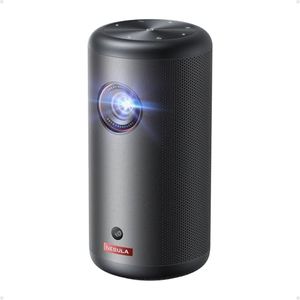
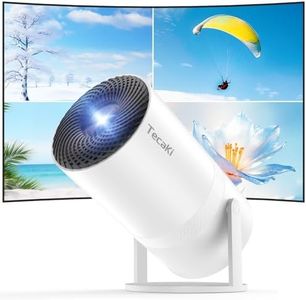
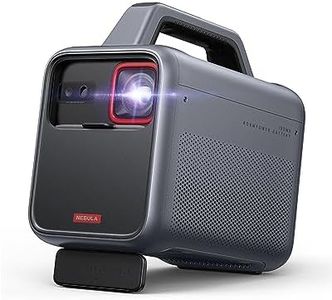
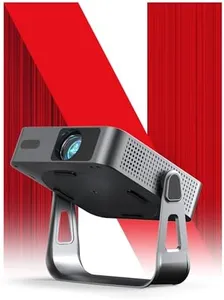
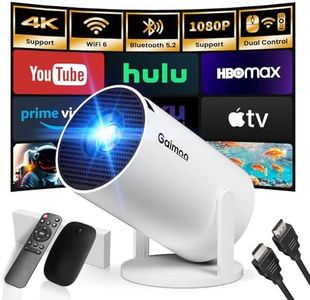
![[Netflix Official & Electric Focus] 2025 Upgraded XuanPad Mini Projector with WiFi and Bluetooth, Full HD 1080P, Auto Keystone, 210° Rotatable Stand, Smart Portable Projector for Phone](https://images-proxy.bestreviews.guide/rZ_kcYN1CVp6SJQRxPBDlgeZ28c=/0x300/https://m.media-amazon.com/images/I/516R9wCqYJL._AC_CX679_.jpg)
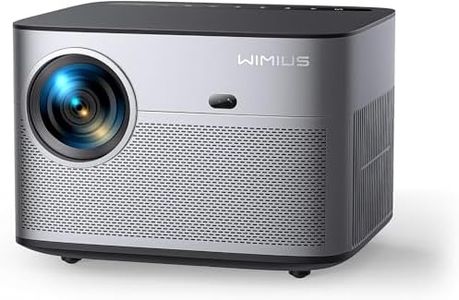

![[Built-in Apps & 2025 Upgraded] Mini Projector with WiFi 6 and Bluetooth 5.4 Support 4K 1080P Auto Keystone 180° Rotatable Projector Portable Compatibile with HDMI/TV Stick/Memory Stick/Laptop, White](https://images-proxy.bestreviews.guide/Fu7bh_JXJIG3s94N1jKWyEgYm_g=/0x300/https://m.media-amazon.com/images/I/51FW4VDJezL._AC_CX679_.jpg)
